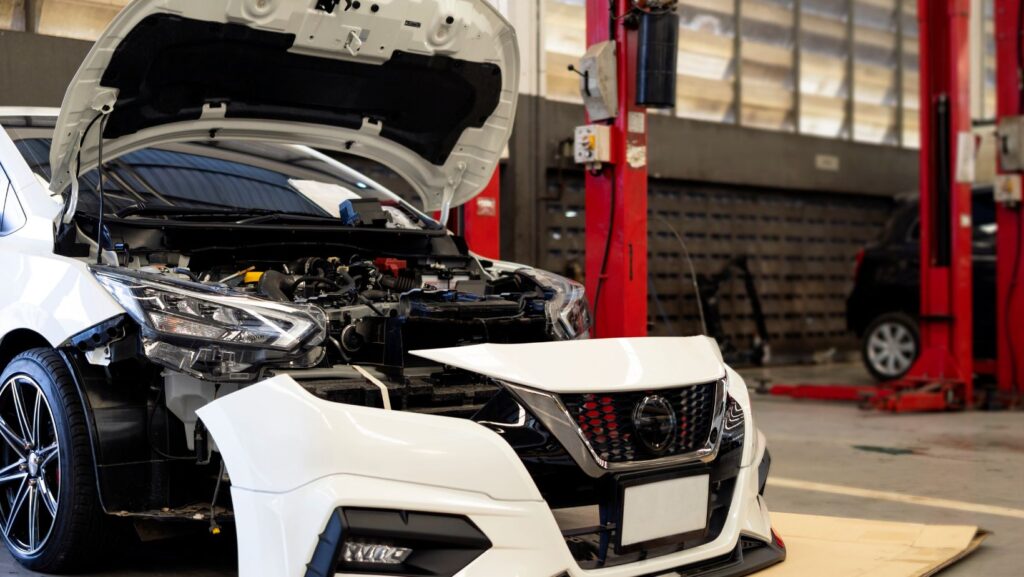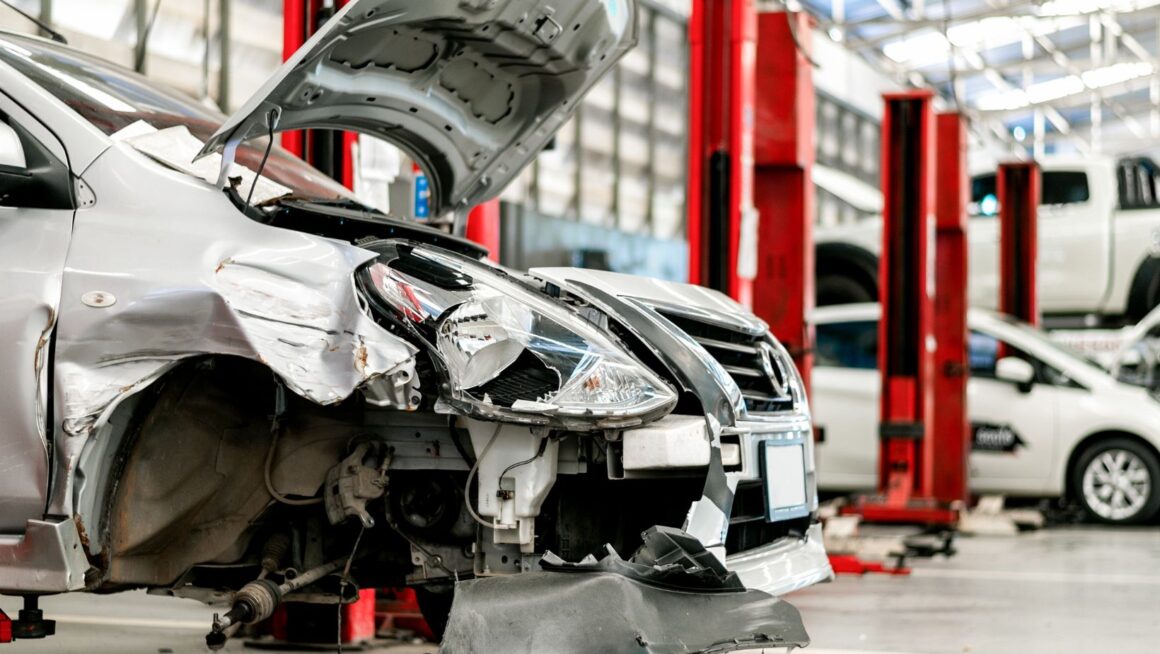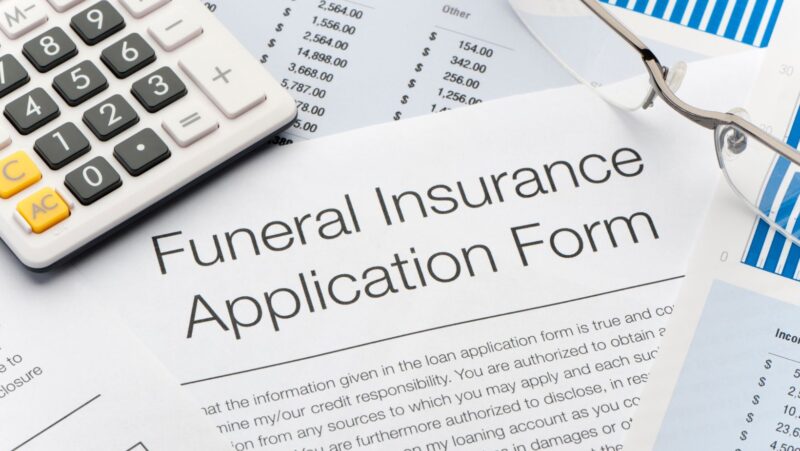
Every driver knows that gut-wrenching feeling when a warning light suddenly appears or the car makes an unfamiliar noise. The repair bill that follows is often steep, stressful, and could have been avoided with a little foresight. This is why prioritizing maintenance over repairs is the smarter way to own a car. Not only does it save money, but it also extends the life of your vehicle, improves safety, and keeps your daily routines uninterrupted. If you’ve been asking yourself how to maintain a car properly, the answer lies in adopting small, consistent habits that prevent big problems down the road.
Why Preventive Maintenance Always Wins
Think of preventive maintenance as an insurance policy for your car. A $40 oil change today could save you thousands on a new engine tomorrow. Routine checks on brakes, tires, and fluids are far cheaper than replacing major components after they’ve failed.
It’s not just about saving money, though. Safety is another reason to stay proactive. Worn-out tires or brake pads can compromise your ability to stop quickly in an emergency. Fluids like coolant and transmission oil also need regular checks to prevent overheating or transmission failure.
In the long run, taking care of your car keeps it performing at its best. A well-maintained vehicle runs smoother, consumes fuel more efficiently, and avoids the gradual wear and tear that shortens its lifespan. Preventive care isn’t just smart, it’s essential.
The True Costs of Waiting Until Something Breaks
Skipping maintenance might feel like a cost-saving decision in the short term, but it almost always leads to higher expenses later. Consider this: neglecting oil changes can cause sludge buildup that ruins your engine. Ignoring tire rotations can result in uneven wear, forcing you to replace tires earlier than expected.
Beyond financial costs, there’s also the inconvenience factor. Repairs rarely come at convenient times. A sudden breakdown can leave you stranded on the road, force you to pay for emergency towing, or disrupt your work and family responsibilities.
By following simple car maintenance tips to avoid expensive repairs, you reduce stress, save time, and avoid the frustration that comes with being caught off guard.
Essential Maintenance Habits Every Driver Should Adopt
Fortunately, keeping your car in good condition doesn’t have to be complicated. A few essential habits make all the difference:
- Oil and Filter Changes – Regular oil changes ensure that your engine stays lubricated and clean.
- Tire Care – Check air pressure monthly, rotate your tires every 5,000–7,500 miles, and schedule alignments when needed.
- Brake Inspections – Pay attention to squeaks, grinding noises, or longer stopping distances.
- Battery Checks – Test your battery’s charge and clean connections regularly.
- Seasonal Prep – Before winter, check your antifreeze and wipers; before summer, make sure your cooling system is in top condition.
Even comfort upgrades can play a role in vehicle care. For example, protecting your car’s interior with high-quality seat covers preserves both style and value. Contact Fia for vehicle seat covers to find durable options that shield your upholstery from wear and tear.
By sticking to this essential car maintenance checklist, you’ll reduce the risk of unexpected repairs and extend the life of your car.
The Long-Term Payoff: Value Beyond Savings
Maintenance is about more than avoiding repair bills; it’s an investment in your vehicle’s future. Cars with a documented history of regular maintenance hold their resale value significantly better than neglected ones. When you’re ready to trade in or sell, potential buyers will pay more for a car that’s been cared for properly.
There’s also the matter of reliability. Whether you’re driving to work, picking up your kids, or heading out on a road trip, the last thing you want is to worry about your car breaking down. Preventive care ensures you can count on your vehicle when you need it most.

Interestingly, the mindset of preservation goes beyond the engine and mechanical parts. Many drivers today also consider visual upgrades to protect their investment. For example, learning what are car wraps can help you understand how protective wraps preserve paint and add resale appeal while allowing you to customize your car’s look. Maintenance, in every form, increases value both financial and personal.
Shifting Your Mindset: From Fixing to Caring
Too often, drivers view car care as a chore or something they’ll deal with only when there’s a problem. But shifting your mindset can make ownership easier. Think of your vehicle like a partner: the more you care for it, the more reliable it will be in return.
By reframing maintenance as an investment rather than an inconvenience, you’ll start to see how small actions like regular checkups and protective upgrades pay off in big ways. Instead of waiting for breakdowns, you’ll be preventing them altogether.
Conclusion
Owning a car is about more than just driving; it’s about preserving the machine that gets you where you need to go. Choosing maintenance over repairs saves money, keeps you safer, and extends the life of your vehicle. With a few consistent habits and the right protective measures, you can turn car care into a lifestyle rather than a last-minute scramble.
Start simple: schedule routine checkups, keep a checklist, and make small investments in protective solutions. In return, you’ll enjoy smoother rides, fewer surprises, and a vehicle that stands the test of time.







